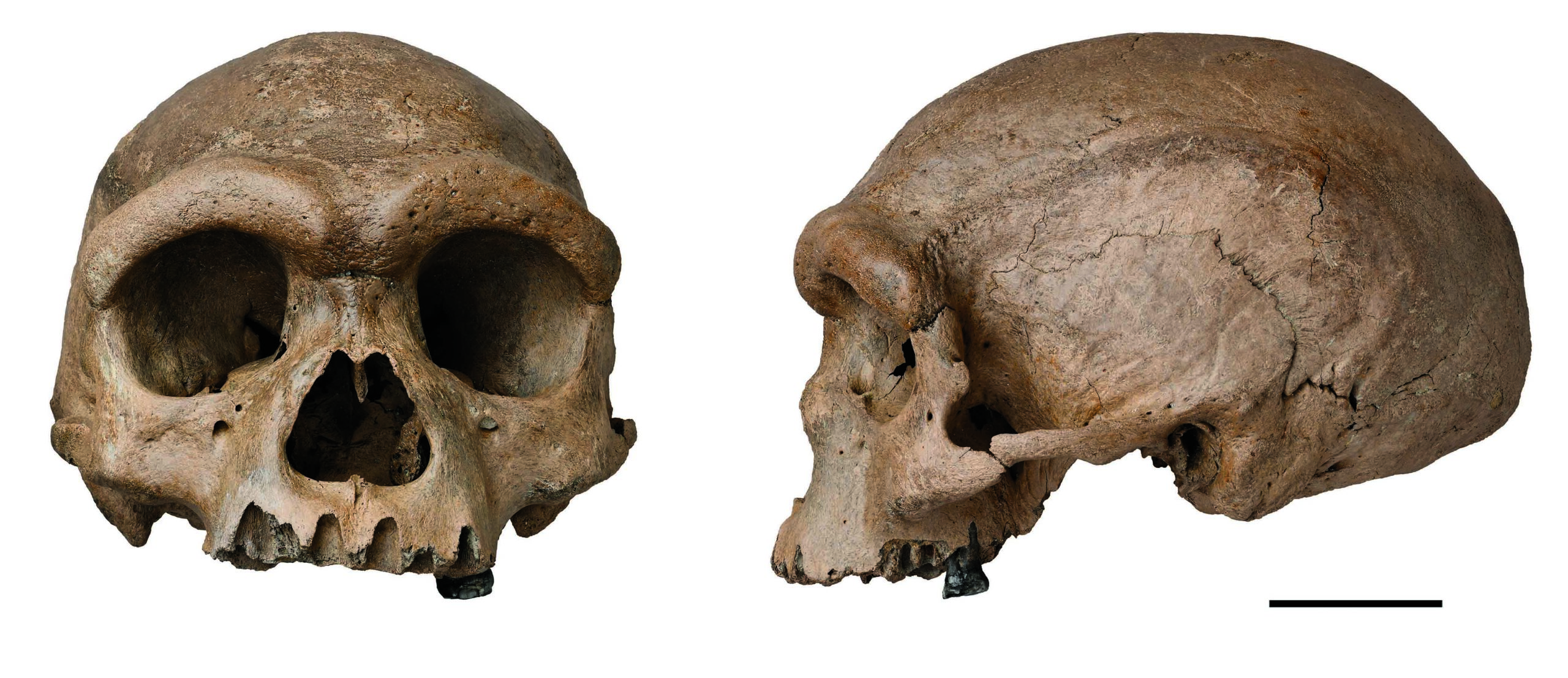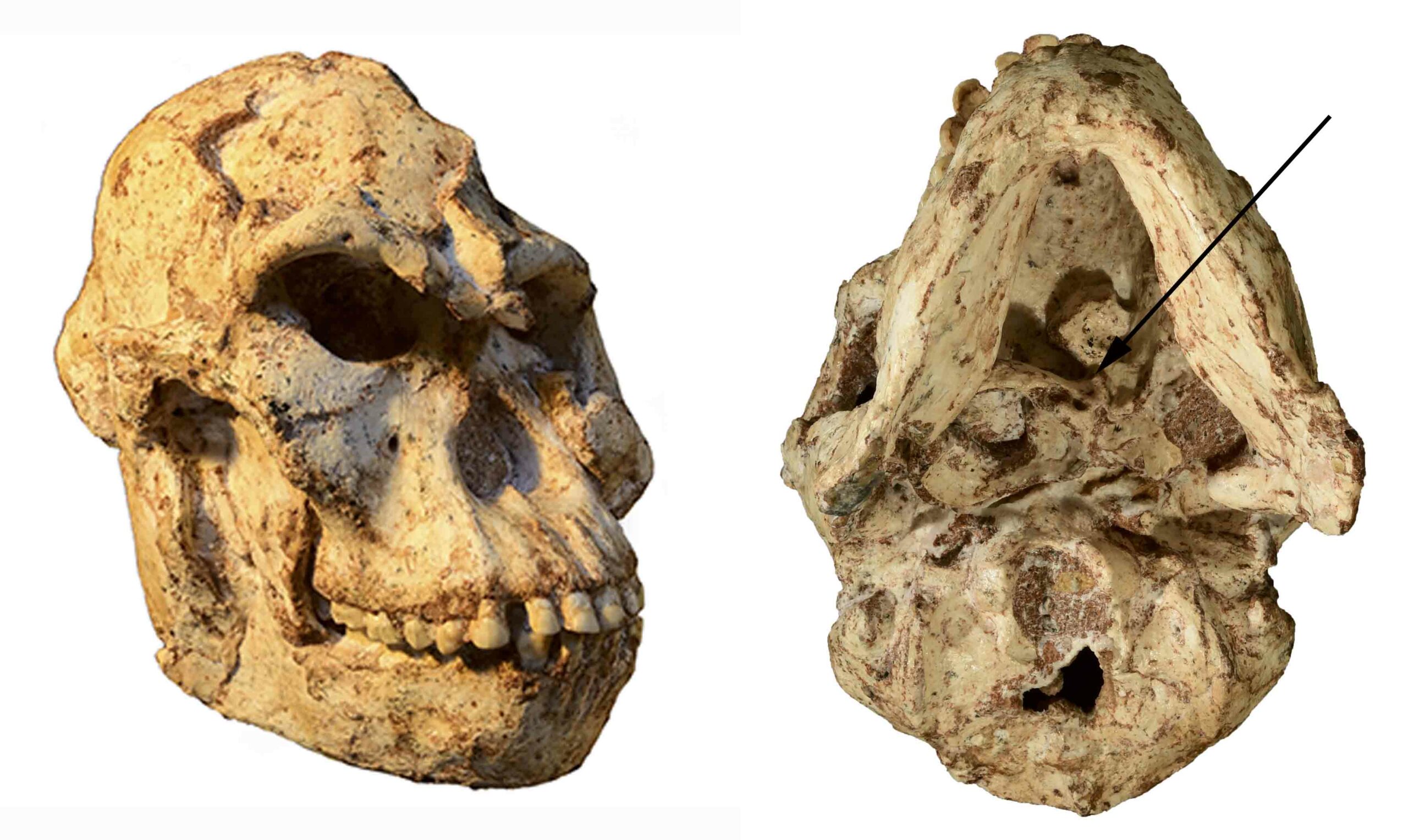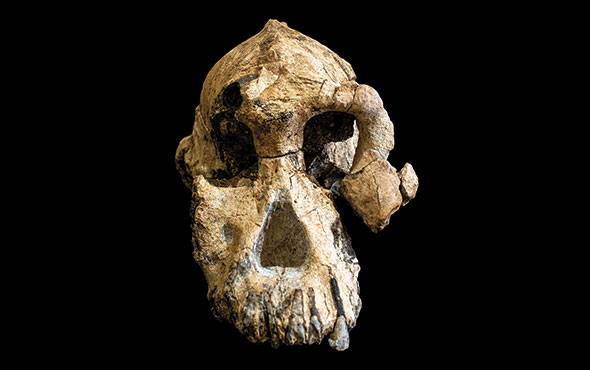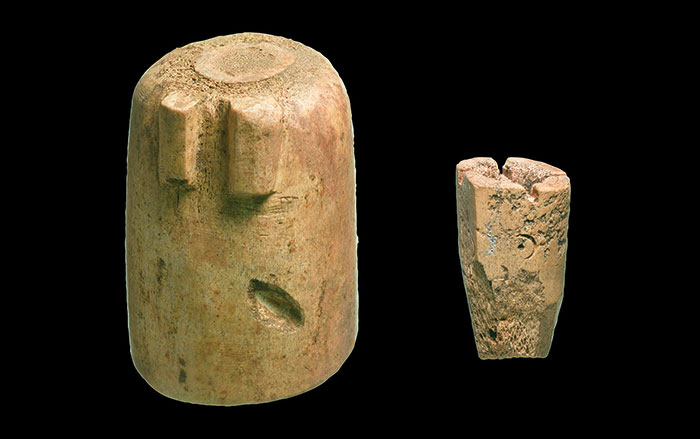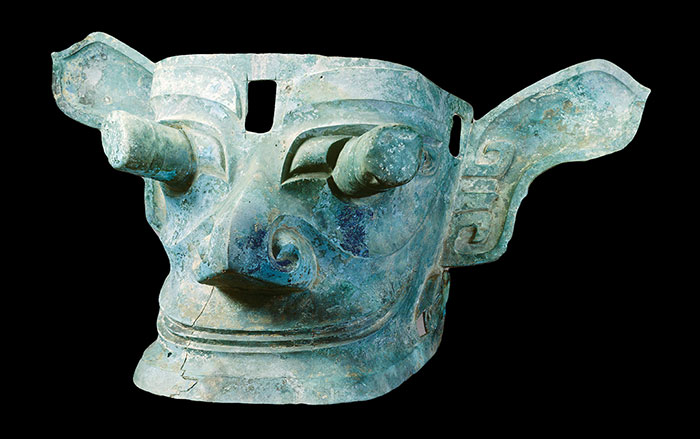
NEW HAVEN, CONNECTICUT—An international team of of scientists led by robotics engineers Thomas Feix and Aaron Dollar of Yale University has created a kinematic model of the thumbs and index fingers of living primates and human ancestors based upon measurements of their digits’ segments. This method analyzes the interaction between the thumb and index finger, and suggests that human ancestors may have had precision-grip capabilities comparable to those of modern humans. According to the study, Australopithecus afarensis, which lived between 3.8 and three million years ago, may have had greater dexterity than what was required for cutting with a stone, and may have been able to use other tools not preserved in the archaeological record. “The model reveals that a long thumb or great joint mobility alone does not necessarily yield good precision manipulation,” Feix said in a press release. To read about the evolution of the throwing motion, see "No Changeups on the Savannah."



